| |
Keep 'em out! German WWII Panzer
traps and obstacles
by Dan Mouritzsen
Before and during the World War II, numerous types of ingenious Panzer
traps and obstacles were invented by the Germans. This short article takes
a look at some of them: hopefully these will help make your Panzer diorama
a little more interesting.
One of the better known variants is the so called "dragon's teeth",
or more correctly, the Höckerlinie. There are several different versions,
depending on the year of their construction. Some of these different types
can also be found as accessories in well-equipped hobby shops today.
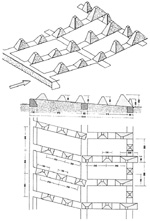 |
Figure 1. This image shows
the 1939 version. |
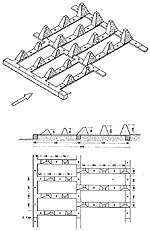 |
Figure 2. The 1942 version. |
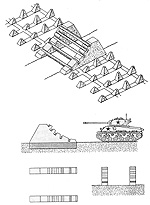 |
(Left) Figure 3. One of
the ways of closing off a road was by using concrete and heavy steel
beams. Normally these sites were protected by a machine gun nest,
or by sets of remotely controlled Abwehrflammenwerfer 41 covering
the gap in the obstacle.
(Below) Figure 4. The Abwehrflammenwerfer 41. It was buried in
the ground up to its neck, and the nozzle pointed through a gap
in the obstacle. It had an effective range of 50 meters and had
a single burst capacity which only lasted 10-15 seconds. |


|
Figure 5. This image shows another type of road obstacle,
at Oksboel army camp in Denmark. This was normally placed were a
road crossed a Panzer trench. Metal plates covered the holes were
steel beams or cut-off rail tracks were set at a 45 degree angle,
effectively closing the gap. The Panzer trench can be seen just
behind the obstacles. |

|
Figure 6. The view from the other side of the road at Oksboel army
camp. The road was 2.5 meters wide between the obstacles. The obstacles
closest to the road normally had white stripes or small red reflectors
on them to help navigating through them in the dark (the same type
you find on the rear mudguard of a bicycle). |
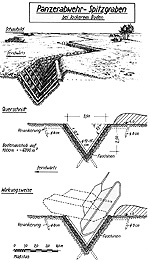
|
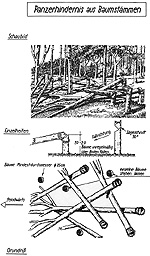
|
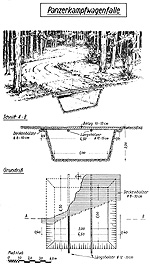
|
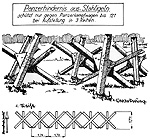
Figure 10. Many of these iron “Czech hedgehogs” can
still be found around Europe today. |
Figure 7. This image shows the Panzer trench. |
Figure 8. An improvised Panzer obstacle consisting of cut-down
trees. |
Figure 9. A panzer “bear trap”. |
|
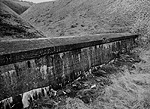
|
Figure 11.
Lest we forget, the Panzer wall. |

|
Figure 12.
This image shows different types of Panzer wall in cross section.
|
If you want to see more examples I can highly recommend these two books:
Feldbefestigungen des deutschen Heeres 1939-1945 ein Typenkatalog
(ISBN 3-7909-0653-0)
Panzersperren und andere Hindernisse (ISBN 3-931032-13-2)
Dan Mouritzsen, 2003.
|
|